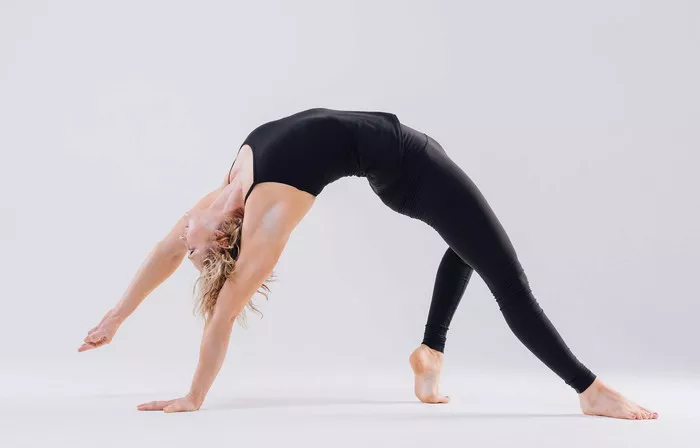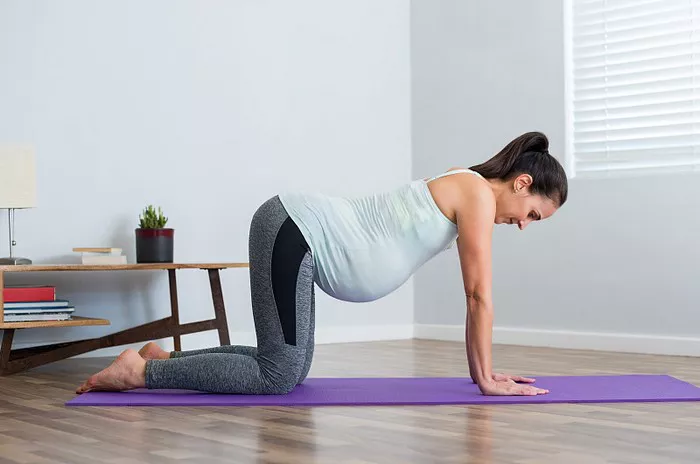Yoga is a holistic practice that brings together physical postures, breathing techniques, and meditation to improve overall well-being. Over the years, yoga has evolved to incorporate a variety of props that enhance the practice and support specific exercises. One of these props is the yoga ball, also known as a stability ball, exercise ball, or Swiss ball. It is commonly used in yoga classes for strengthening, balance exercises, and rehabilitation. But when it comes to using a yoga ball, one question often arises: how tight should a yoga ball be?
The tightness of a yoga ball is crucial because it affects both the stability of the ball and the safety and effectiveness of the exercises performed on it. Too tight, and it can become rigid and less forgiving; too loose, and it can lead to instability, making it difficult to perform movements correctly. In this article, we will explore the various factors that influence how tight a yoga ball should be, the benefits of using a properly inflated yoga ball, and practical tips for adjusting your yoga ball for optimal use.
Understanding the Yoga Ball
Before we dive into the question of tightness, let’s first review what a yoga ball is and its purpose. A yoga ball is a large, inflatable ball, typically made from anti-burst PVC material, that can be used to improve posture, flexibility, strength, and balance. It comes in various sizes, with the most common being 55 cm, 65 cm, and 75 cm in diameter. The appropriate size depends on your height and the specific exercises you plan to do.
Yoga balls are commonly used in exercises that require stability, such as core strengthening exercises, balance poses, and stretches. They can also be used for rehabilitation purposes, especially in physical therapy, where they assist in gentle stretching and building strength after an injury.
In order to get the most out of your yoga ball, it is important to ensure that it is inflated to the correct pressure. The tightness of the ball affects its elasticity, stability, and ability to provide support during exercises. Now let’s take a closer look at the various factors that determine how tight your yoga ball should be.
Factors That Affect How Tight a Yoga Ball Should Be
1. Your Body Size and Weight
One of the most important factors to consider when inflating your yoga ball is your body size and weight. A yoga ball that is too firm or too soft can affect your comfort and performance during exercises. Typically, the firmness of the ball is correlated with its size, as larger balls require more air to achieve the same level of tightness.
For smaller individuals (under 5’5″/165 cm), a 55 cm ball may be ideal. For these individuals, a slightly softer ball is generally recommended to ensure that the ball provides enough give for balance exercises and stretches.
For individuals between 5’5″ and 6’0″ (165 cm – 183 cm), a 65 cm ball works best. You may want to inflate it to a medium level of firmness, where the ball is slightly compressed when sitting on it, but still offers enough bounce for exercises.
For taller individuals (over 6’0″/183 cm), a 75 cm ball is usually recommended. For this size, you will likely need a firmer ball to support your weight, particularly for exercises that require a strong base, such as seated poses and stability exercises.
When inflating the ball, it should be firm enough to allow for minimal compression under your weight, but it should not feel overly rigid or too hard. You should be able to press into it with moderate effort without feeling like you’re sitting on a rock.
2. The Type of Exercise or Yoga Pose
Different yoga poses require different levels of firmness in the ball. For example, certain poses may require a firm yoga ball for stability, while others may need a softer one for comfort and support.
Balance exercises such as seated positions or planks require a firmer yoga ball to provide stability and challenge your core strength. When performing balance exercises, the ball should not collapse or shift too much under your body weight. It should remain mostly rigid with minimal bounce to ensure you’re not tipping over.
Core strengthening exercises such as abdominal crunches or back extensions can benefit from a moderately inflated yoga ball. The ball should have enough give to create resistance but should still provide support as you work your muscles.
Stretching poses, such as those involving a gentle backbend or forward fold, often require a softer, more pliable ball. This helps support the body during the stretch without adding undue pressure on the joints or muscles.
In general, if you are using the ball for stretching and relaxation, you may prefer it to be slightly softer so it conforms to the shape of your body, while for strength-building exercises, you will want it firmer to engage your muscles more effectively.
3. The Ball Material and Anti-Burst Features
Most modern yoga balls are made of durable, anti-burst PVC, which ensures that the ball won’t suddenly pop if it becomes overinflated or subjected to stress. However, the material can also influence the feel of the ball. Some yoga balls are designed to be firmer than others, and these variations can affect how tight the ball should be.
If you are using a high-quality, anti-burst ball with extra durability, you may feel more comfortable inflating it to a higher pressure than a regular ball. The ability to sustain high pressure without bursting allows for a firmer ball, which can be beneficial for dynamic exercises.
4. Personal Comfort
Comfort is another crucial factor to consider. The tightness of your yoga ball should align with your personal preferences for comfort and support. If the ball feels too firm or hard, it may cause discomfort or strain on your joints, particularly during longer practice sessions.
You should aim for a ball that offers a good balance of support and comfort. When sitting on the ball, your hips should be level with your knees or slightly higher, with your feet flat on the floor. If the ball is too soft, your body will sink into it, creating an unstable base, while if the ball is too tight, you may feel excessive pressure on your joints or muscles.
5. Climate and Temperature
The temperature of the environment can also affect the tightness of your yoga ball. Cold weather can cause the material of the ball to contract, making it feel slightly deflated. In warmer conditions, the air inside the ball may expand, causing the ball to feel firmer. Therefore, it is important to check the inflation of your ball if you are practicing in a room with varying temperatures.
A yoga ball that has been sitting in a cooler environment may need a slight re-inflation before use to ensure that it maintains its proper level of tightness.
How to Inflate Your Yoga Ball to the Right Level
To achieve the perfect balance of tightness, it is best to follow the manufacturer’s guidelines for inflation. Most yoga balls come with instructions for the recommended level of inflation, often measured in centimeters or inches of height when inflated.
Here are some general steps for inflating your yoga ball:
Choose the right size: Make sure you are using the appropriate size ball for your height and body type.
Inflate the ball: Use a hand pump, foot pump, or electric pump to inflate the ball to the desired level. Avoid overinflating the ball to the point where it feels too hard. A good rule of thumb is to stop when the ball reaches the recommended diameter (e.g., 55 cm for smaller individuals, 65 cm for average height, or 75 cm for taller individuals).
Check the firmness: Sit on the ball and check for stability. If the ball feels too soft or too hard, adjust the air pressure accordingly. You should be able to press into the ball with some resistance but not feel like the ball is deflating.
Allow the ball to stretch: After initial inflation, let the ball sit for a few hours or overnight. The material will stretch, and the ball may need a little extra air to reach the ideal firmness.
Re-check regularly: Over time, the ball may lose some air, especially if it is used frequently. Be sure to check the inflation regularly and add air when necessary to maintain optimal firmness.
Conclusion
The tightness of a yoga ball plays a significant role in the quality and safety of your yoga practice. A properly inflated yoga ball ensures that you have the right level of support, stability, and comfort for your exercises. By considering factors such as your body size, the type of exercises you are doing, and your personal comfort, you can achieve the perfect balance of tightness for your practice. Always remember to follow manufacturer guidelines and adjust the air pressure as needed to keep your yoga ball in optimal condition for all of your yoga and fitness needs.
Whether you are using your yoga ball for strengthening, stretching, balance exercises, or rehabilitation, the right level of tightness will help you perform your movements effectively while reducing the risk of injury. Keep experimenting with different inflation levels until you find the one that works best for you, and enjoy the many benefits that this versatile prop has to offer in your yoga practice.
Related Topics:























